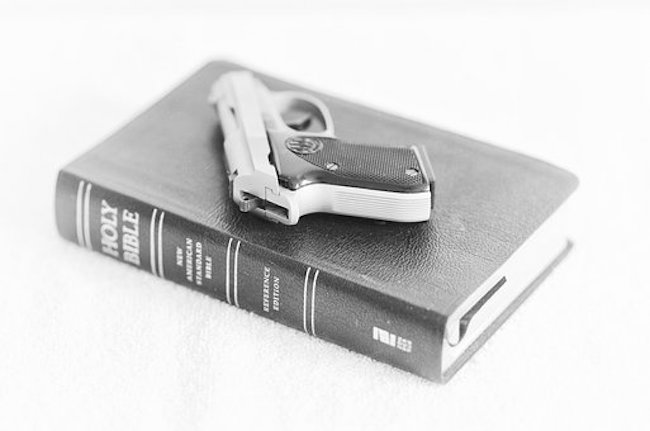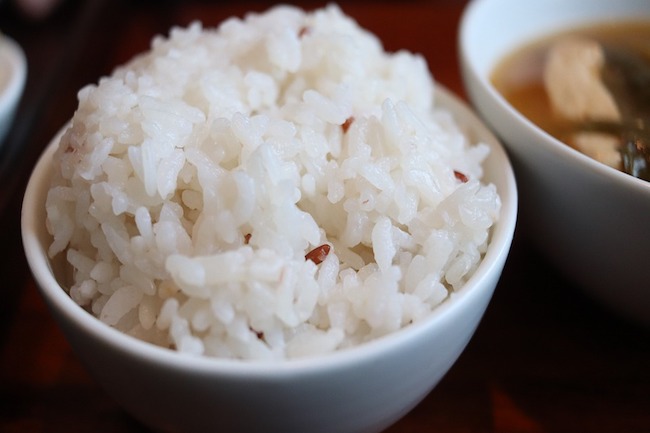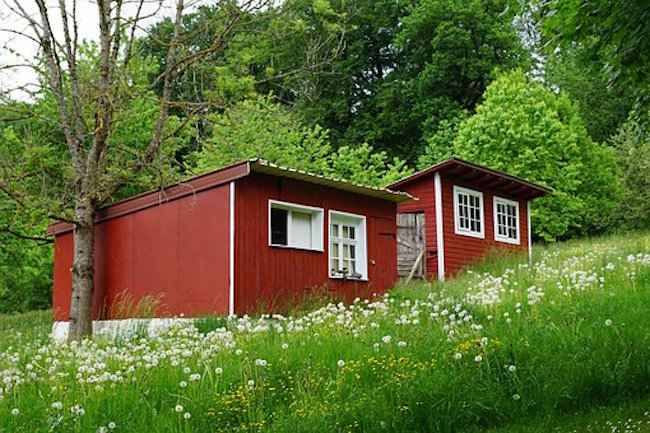Arming Yourself: A Woman’s Self-Defense Guide to Concealed Carry (CCW) by Molly Carter for Ammo
A stark difference from 20 years ago, women across the country are owning guns and participating in target shooting and hunting more than at any time in the past. According to a 2015 survey by the National Sports Shooting Foundation (NSSF), more than one-third of women gun owners identified as new to gun ownership. The report also shows some major increases between 2004 and 2011 – including a 77-percent increase in women who own firearms, a 36-percent increase in women who target shoot, and a 23-percent increase in women who hunt.
Yet, even with more women engaging in shooting sports, that’s still not the reason so many are purchasing guns. It’s not for hunting. It’s not for fun. It’s for self defense. A 2017 Pew Research Center survey reported that women are more likely than men to cite protection over recreation as a major reason for owning a gun. What’s more, 27 percent of women gun owners cite self defense as their only reason, compared to only eight percent of male gun owners.
Now more than ever, women are buying guns to protect themselves. They work long hours and walk home alone at night on city streets. Women live alone in apartments, suburban homes, and country farms – and they do it independently of men. 50 years ago, self and home protection typically fell to the man in the household, but that’s not the case today. The modern woman is stepping up her role to protect herself and the people she cares about.
Support Our Site

Now is your chance to support Gospel News Network.
We love helping others and believe that’s one of the reasons we are chosen as Ambassadors of the Kingdom, to serve God’s children. We look to the Greatest Commandment as our Powering force.
How to Buy Your First Concealed Carry Handgun
When it comes to finding a firearm to use for self-protection, the right gun can literally be a lifesaver. It’s not a decision you should take lightly, and you can’t just rush into the gun store to buy the first one recommended.
The most important thing when purchasing a weapon to carry concealed is getting the right size firearm. You want a weapon with enough stopping power to protect you, but one that’s easily controlled – even in a high-stress situation.
Size and Weight
For concealed carry, most people opt for a smaller handgun. They’re easy to hide and less cumbersome while going about your business. Yet when it comes to self-protection, you don’t want a tiny, low-caliber firearm. For the ultimate stopping force in a self-defense situation, choose something with at least a .38 caliber, and opt for it in a smaller design.
By choosing a smaller design, it’s easier for you to remove from the holster and harder for attackers to grab. These smaller caliber guns are easier to control, have less recoil, and don’t need nearly the hand strength as larger handguns. But the smaller and lighter the gun, the more practice and training you’ll need – as these guns require more accuracy to take down an attacker.
Make sure the gun you choose fits your hand. This lessens the perceived recoil and makes the gun easier to shoot. If the gun’s easy to shoot, chances are you’ll be shooting more often. And the more often you shoot, the better and more comfortable you’ll be with the gun. It’s a win-win situation.
Revolver or Semi-Automatic
Choosing the right handgun depends on the woman and what her needs are. Both revolvers and semi-automatic pistols come in sizes and calibers that can safely be used for self-defense, and neither is necessarily better than the other.
In general, revolvers tend to be simpler and are therefore less likely to have something go wrong during an encounter. The mechanisms are rather basic, the guns are easy to clean, and even if not cleaned meticulously after use, they still shoot straight and true when you need them to.
If you’re looking at a revolver for self-protection, consider a .38 Special. It packs enough stopping power, yet can be found in a small enough size that the recoil is minimal. Another thing to consider is that revolvers don’t offer the same trigger safety switches that semi-automatics do. But because the hammer must be cocked, it’s a tighter squeeze and not likely to misfire.
That doesn’t mean semi-automatic pistols aren’t the way to go. These guns tend to be smaller, lighter, and slimmer, making them easier to wear and conceal than revolvers. Semi-automatics also hold more ammunition, shoot more rapidly, and are easier to reload – especially when using a clip or magazine. They also have trigger safety switches that must be flipped before the firearm ignites. Top self-defense calibers for women include .380, 9mm, .40 S&W, and .45 ACP.
Other Considerations
- Make sure you get a gun that’s easy to use under stress. It needs to be easy to load and easy to pull the trigger mechanism. If your gun has a habit of locking or sticking, it’s fine for the range, but not for self-protection.
- Consider a handgun with a laser sight. There’s something to be said about seeing a red dot on an attacker’s chest that boosts your confidence. You can also add spot lights to different styles of guns, allowing you to see during a night attack.
- You can opt for a handgun with a long trigger pull if you’re worried about firing before you’re ready. Because it requires a deliberate and strong pull to fire, you won’t accidently shoot before you’re ready – regardless of how much adrenaline is pumping through your veins.
Try Them Out
Many gun shops and ranges allow you to rent guns to shoot. Before you decide on a firearm to purchase, take advantage of this opportunity. Spend an afternoon target shooting, trying as many different handguns as you can. Nothing will tell you more about how a gun handles than shooting it.




